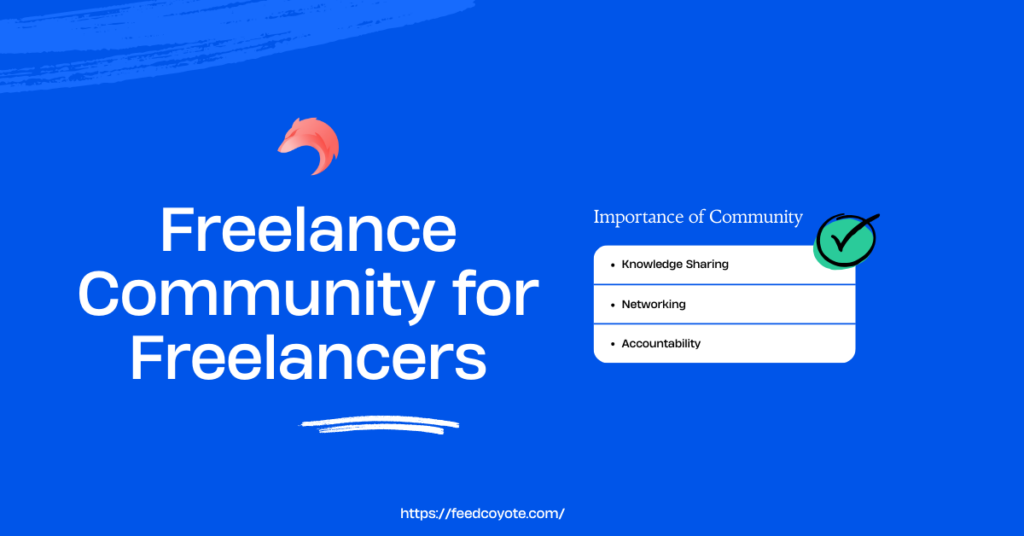Stop guessing and start growing. Use this in-depth guide and detailed examples to analyze your freelance business and build a clear action plan for success.
As a freelancer, you are the CEO, the marketing department, the creative team, and the finance office all in one. But with so many roles to juggle, it’s easy to hit a “growth plateau.” You might feel stuck at the same income level, unsure how to land bigger projects, or worried about competition from agencies and new AI tools.
To break through this plateau, you need to stop working in your business and start working on it. The single most powerful tool for this is a Personal SWOT Analysis.
A SWOT analysis helps you identify your Strengths, Weaknesses, Opportunities, and Threats. This guide provides a detailed, step-by-step framework and personal SWOT analysis examples specifically for freelancers, helping you build a clear strategy for growth.
What is a Personal SWOT Analysis? (A Detailed Breakdown)
A SWOT analysis is a simple framework for organizing your strategic planning. It’s an honest look at where you are now, so you can decide where to go next.
Here’s what each quadrant means for you as a freelancer:
- Strengths (Internal): These are your advantages. What do you do exceptionally well? These are the skills and assets you can leverage.
- Weaknesses (Internal): These are your limitations. Be honest about what holds you back, such as skill gaps or negative work habits.
- Opportunities (External): These are favorable factors in your market you can take advantage of, like new trends, services your competitors are failing to offer, or potential partnerships.
- Threats (External): These are factors outside your control that could harm your business, like new competitors, economic downturns, or changing technology.
Detailed Personal SWOT Analysis Examples for a Freelancer
To make this practical, let’s use the example of “Alex,” a skilled independent professional who could be a developer, designer, writer, or marketer.
Here is what Alex’s SWOT analysis might look like:
[S] STRENGTHS (Internal, Positive)
- High-Level Niche Expertise: I have deep knowledge and 5+ years of experience in my specific field (e.g., B2B SaaS copywriting, React development, or brand identity design).
- Strong Client Communication: I’m excellent at managing expectations, providing clear updates, and building long-term trust. This leads to high retention and referrals.
- Proven, High-Quality Portfolio: I have a diverse portfolio with tangible results that proves I can deliver high-quality work.
- Self-Motivated and Disciplined: I am good at managing my own schedule and meeting deadlines without external pressure.
[W] WEAKNESSES (Internal, Negative)
- Limited Scalability (I’m Only One Person): I have to turn down large, valuable projects because I can’t handle the workload alone.
- Lack of Complementary Skills: I’m a great developer but my UI design skills are basic. Or, I’m a great writer but I can’t create custom graphics or infographics.
- Inconsistent Marketing: I don’t have a reliable system for finding new leads. My income is often “feast or famine” because I’m too busy working to market myself.
- Admin & Financial Management: I struggle with time management for non-billable tasks like invoicing, contracts, and budgeting.
[O] OPPORTUNITIES (External, Positive)
- Market Trend: Demand for “Full-Service Packages”: Potential collaborators are asking for integrated solutions (e.g., a complete website build + SEO, or a blog post + social media graphics).
- A “Too Big” Project Lead: A high-value project lead came in, but it’s too large for me to handle solo. I could potentially find partners to take it on.
- New Technologies: I could learn a new, in-demand skill (like AI integration or a new software) to increase my value.
- Networking Platforms: I can join new professional networks to connect with peers and potential partners.
[T] THREATS (External, Negative)
- Intense Competition from Agencies: Larger agencies can bid on the same projects and offer a full-service team, which looks more appealing to some project owners.
- AI Automation: New AI tools are automating the basic, low-level tasks in my field, which could reduce demand for my services or drive prices down.
- Economic Downturns: A recession could cause collaborators to cut budgets, leading to less work or more price haggling.
- Burnout: The pressure of “doing it all” (marketing, admin, and client work) is a significant threat to my long-term sustainability.
How to Turn Your SWOT Analysis into an Action Plan (The Feedcoyote Solution)
A SWOT analysis is just a list. It becomes a powerful strategy only when you create an action plan. Here’s how you can use Feedcoyote, The Professional Network for Independent Creatives, to act on your analysis.
Action 1: Address WEAKNESSES by “Teaming Up”
Your SWOT analysis shows your biggest weakness is that you’re just one person. On Feedcoyote, this isn’t a permanent weakness; it’s your biggest opportunity.
- The Problem: You’re a great developer but can’t design. You’re a great writer but can’t create visuals.
- The Action (Feedcoyote Solution): Use the “Coyotes” tab to network and find your ideal partners. Filter by “Occupation,” “Skills,” and “Industry” to find the exact designer, developer, or marketer you need. Display your portfolio to show your strengths and attract high-quality peers. You’ve just turned your internal weakness into a powerful external partnership.
Action 2: Seize OPPORTUNITIES by “Earning Together”
Your analysis identified that project owners want “full-service packages” and you have leads that are “too big”.
- The Problem: You have to pass on large, profitable projects.
- The Action (Feedcoyote Solution): Now that you’ve found your partners, you can proactively team up and collaborate on projects.
- How-to: Message your new partners and propose a joint bid on that big project. Once you win, use Feedcoyote’s Project Management suite to manage the project. You can use the Contracts feature to define everyone’s role and payment split, and the Task Manager to keep the workflow organized. You’re now earning together and competing directly with agencies.
Action 3: Mitigate THREATS by “Building Strong Connections”
Your analysis shows threats from agencies and AI automation. Your best defense is to become more than a solo freelancer.
- The Problem: Agencies have bigger teams. AI can do simple tasks.
- The Action (Feedcoyote Solution): Your “virtual team” of expert collaborators is your defense. This team is more agile and often more expert than a traditional agency’s junior staff, and you provide the human-centric strategy that AI can’t.
- How-to: By building strong connections on Feedcoyote, you create a flexible, powerful network. You are no longer just a solo freelancer; you are the lead of an agile, expert team. This is how you win in the modern freelance economy.
Your Personal SWOT Analysis clearly shows the path to growth: stop working alone and start building partnerships. It identifies that your biggest weaknesses and threats can be solved by seizing the opportunity to collaborate.
Feedcoyote is the platform built for this exact purpose. It’s The Professional Network that provides the two things you need to act on your SWOT analysis:
- A network to find partners and team up.
- The tools to manage projects, communications, and payments together.
Stop letting your limitations define your freelance business. Do your SWOT analysis, identify your gaps, and then head to Feedcoyote to find the partners who can help you fill them.




